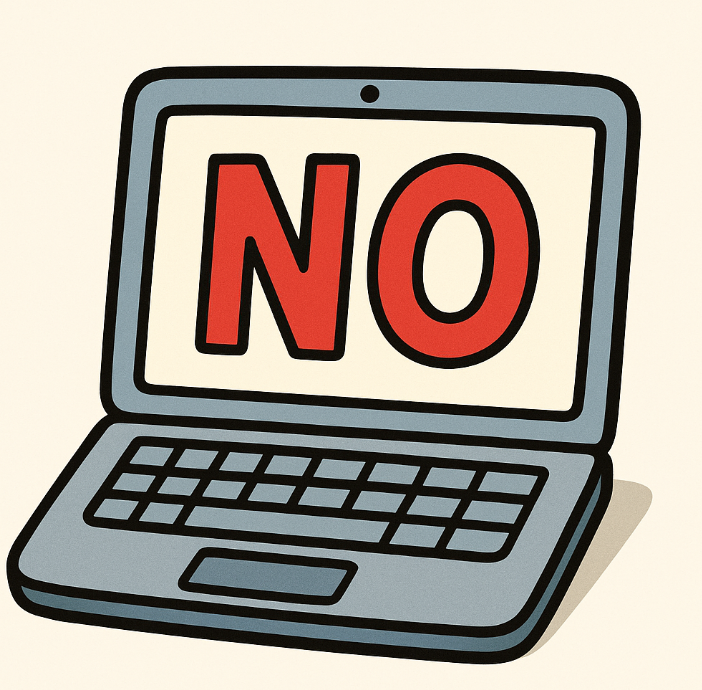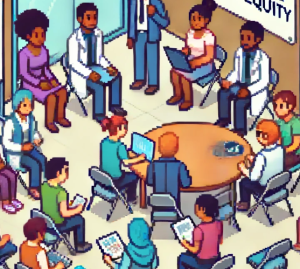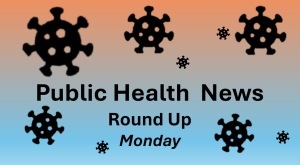
The Health Industry’s $1M Campaign to Kill Universal Care
What if the biggest threat to universal health care isn’t in Congress, but in your Facebook feed?
In 2019, a coalition of private healthcare giants launched a million-dollar advertising campaign on Meta platforms, including Facebook and Instagram. Their target wasn’t a competing company or product; it was you, specifically, your perception of universal health care.
A new study in PLOS Global Public Health peels back the curtain on this effort by the Partnership for America’s Health Care Future (PAHCF). What researchers found is a blueprint for how private interests influence public discourse—and potentially derail life-saving health reforms.
Health Care in Crisis—And the Stakes Are High
The United States spends more on healthcare than any other wealthy nation. Yet, we rank last among high-income countries in terms of access, outcomes, and equity. Over 70 million Americans are uninsured or underinsured. And if you’re poor, Black, rural, or just unlucky, your life expectancy can be up to 15 years shorter than your wealthier neighbors.
Universal health care (UHC) has long been proposed as a fix. But it’s more than a policy—it’s a threat to an industry that profits from the status quo. Private insurers, pharmaceutical companies, and hospital chains stand to lose billions if a publicly funded system gains ground. So they organized.
A Wolf in Patriotic Clothing
PAHCF sounds innocuous, even civic-minded. But its members include some of the most powerful players in American health care: Blue Cross Blue Shield, the American Medical Association, the American Hospital Association, and pharma’s top lobbyists.

Their Meta ad campaign ran between 2018 and 2021, targeting Americans with a mix of fear, misinformation, and manufactured consensus. The study analyzed over 1,600 ads, which together generated up to 41 million impressions. The findings are chilling—and familiar.
Same Playbook, New Platform
Researchers found that the campaign relied heavily on fear-based messaging, often with little to no factual support. The most common claims?
- UHC would raise taxes dramatically
- You’d “pay more to wait longer for worse care”
- Hospitals, especially in rural areas, would shut down
- Politicians would strip you of choice and hand power to Washington bureaucrats
Sound familiar? It should. These are classic tactics straight out of Big Tobacco and Big Sugar’s playbooks—exaggerate costs, sow doubt, and claim to speak for the average American while protecting profits.
What’s different now is the medium. Social media allowed PAHCF to hyper-target its messages. Moms saw ads about protecting children. Seniors were warned Medicare would collapse. Rural voters saw threats to their hospitals. Hispanic users got Spanish-language fear appeals. These weren’t mass messages—they were micro-campaigns designed to feel personal, urgent, and grassroots.
The Invisible Hand of Influence
The campaign used slick production: nurse testimonials, animation, and stock footage of worried parents. Many ads appeared to be regular posts, blending seamlessly into users’ timelines. Some even had click-throughs to learn more about “fixing what works,” subtly pushing PAHCF’s preferred policies.
But nowhere—except in the fine print—was it obvious who paid for the ad. That opacity is part of the problem. As the study notes, Meta allows political advertisers to hide sponsors, present biased content as objective truth, and even avoid fact-checking altogether.
This isn’t just a tech issue.
Why It Matters for Public Health
This campaign didn’t just attack a policy—it polluted public discourse. It weaponized confusion and reinforced false narratives at scale. By doing so, it may have influenced elections, slowed momentum for reform, and prolonged a health care system that leaves millions behind.
But more fundamentally, it demonstrates how corporate power is shaping the health of nations, not through better products, but through better propaganda.
What Can We Do?
The researchers behind the study call for greater transparency, regulation, and preparedness. They argue that campaigns like PAHCF’s should be studied alongside those of Big Tobacco and Big Oil, as part of the broader commercial determinants of health that undermine progress and widen disparities.
They also suggest a key tactic for fighting back: inoculation. By exposing how these campaigns operate—how they are funded, how they frame their arguments, and who they target—we can help the public develop resistance to manipulation.
A caveat
However, we must note that the posts they’re referring to span from May 7, 2018, to September 12, 2021. That’s a freaking eternity ago, with a big fat COVID right in the middle. So, tactics probably have changed?
Vigilance and Accountability
The fight for universal health care isn’t just about budgets and benefits—it’s about narratives. And right now, the loudest voices aren’t necessarily the most honest.
Public health professionals, journalists, and advocates must learn to spot these campaigns for what they are: strategic efforts to maintain an unjust system. We need counter-messaging, media literacy, and, yes, better policy—but most of all, we need awareness.
Because if we don’t tell the story of what’s really happening, someone else will.
Join the Conversation
- Have you seen political ads about health care on your feed? Did you know who was behind them?
- How can we better protect the public from misinformation disguised as advocacy?
- What would a fairer health care narrative look like in your community?
Stay informed. Stay skeptical. And follow us at This Week in Public Health for more evidence-based reporting.



